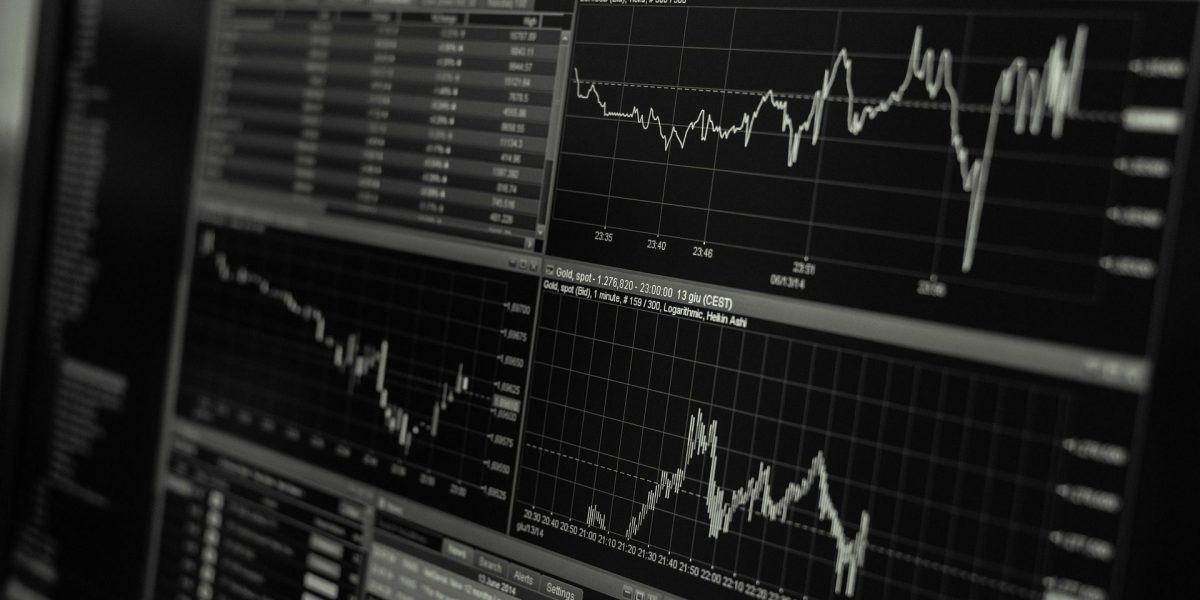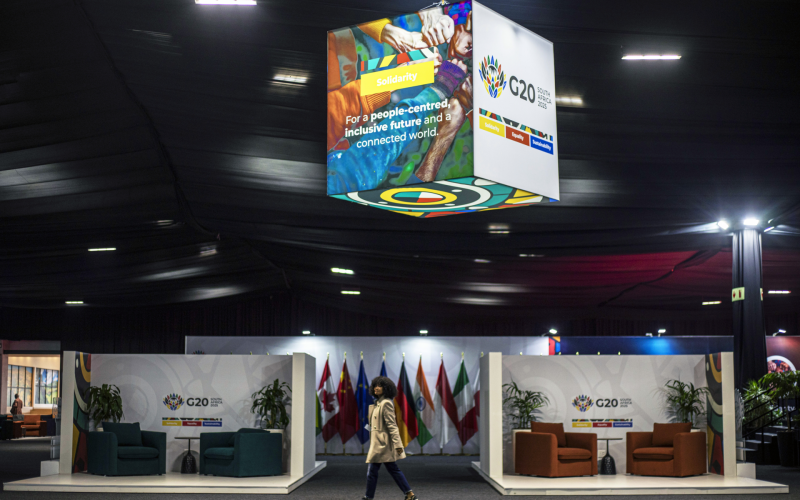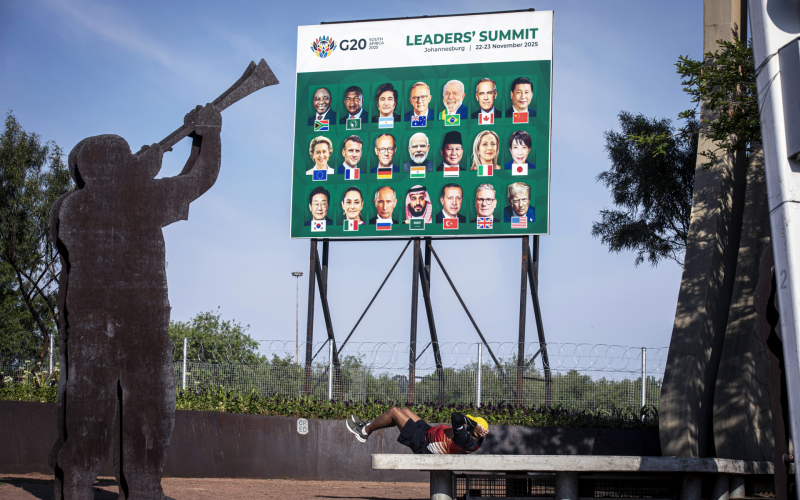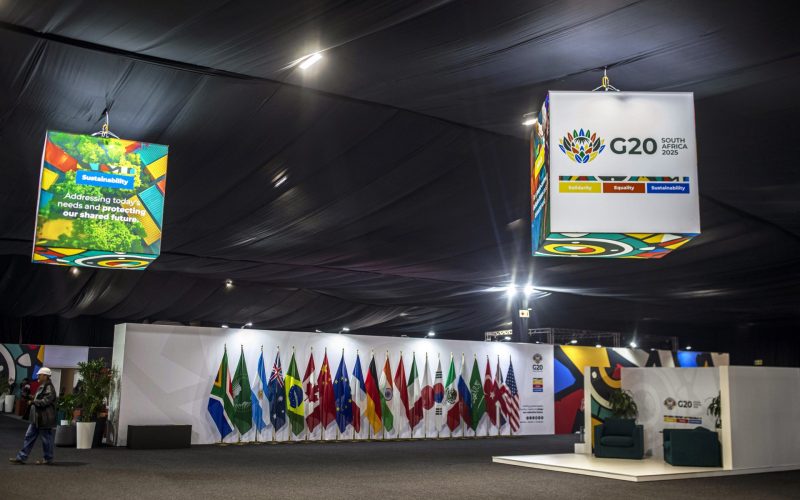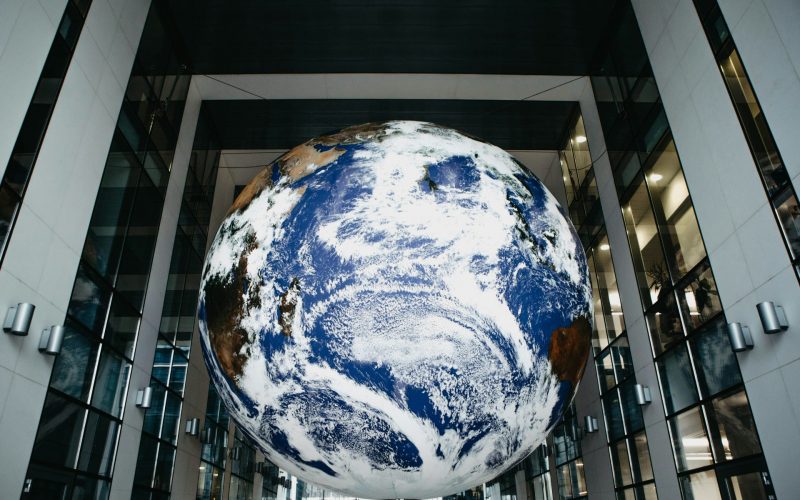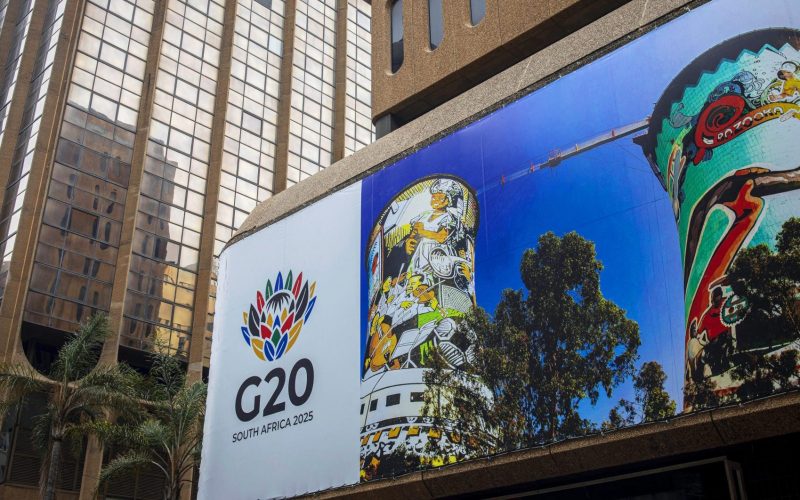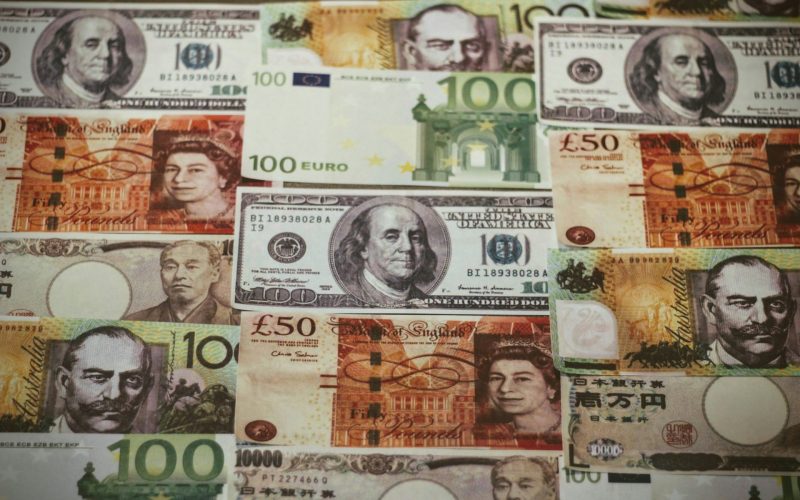Introduction
Different estimates,1McKinsey & Company, World Bank, African Development Bank, UNCTAD and Asian Development Bank. the funding requirements for global trade and investment are substantial and multifaceted, involving the disbursement of trillions of dollars2Global trade finance gap: $1.7 trillion annually (especially for SMEs in developing countries); Infrastructure investment gap: $15 trillion by 2040; SDG investment needs: $5–7 trillion annually for developing countries; FDI flows: $1.5 trillion in 2022, with growth expected; Digital transformation investment: $10 trillion by 2030; Climate finance investment: $4 trillion annually to meet Paris Agreement goals; Green investment opportunities: $23 trillion by 2030 in climate-related sectors. across different sectors to meet the UN Sustainable Development Goals (SDGs).3UN Conference on Trade and Development, Economic Development in Africa Report 2023 (UNCTAD, 2023).
Addressing these financial needs will require a coordinated effort on the part of governments, policymakers, international organisations, private investors and development institutions. However, the global trade, finance and investment ecosystem is complex, spanning a wide range of actors and stakeholders. It calls for multi-dimensional efforts, focusing on reforming global institutions, improving access to finance, enhancing infrastructure, promoting sustainability, leveraging technology and driving cross-border collaboration and information exchange.4McKinsey & Company, Reconceiving the Global Trade Finance Ecosystem (November 2021). Through the adoption of inclusive, transparent and innovative practices, institutions can build a trade and investment environment that benefits all countries, reduces inequalities, and supports sustainable economic growth for the future in line with the SDGs.5UN, Department of Economic and Social Affairs, Sustainable Development Goals.
The G20 can play a crucial role in forging a more integrated and coherent global policy and institutional set-up for trade, finance and investment. This, however, will entail re-examining the respective roles of all multilateral actors and addressing neglected or unfinished areas of reform, such as system-wide coherence, coordination, transparency and accountability.6Organisation for Economic Co-operation and Development, Multilateral Development Finance 2024 (OECD, September 5, 2024). South Africa has likewise identified the need to reinvigorate the multilateral trading system so that it places development and climate at the centre of it; yet coherence within the ecosystem is crucial. This policy note explores the importance of institutional coherence in the trade, finance and investment ecosystem. It also highlights the challenges of achieving such coherence and offers a number of recommendations for creating a more integrated, efficient and balanced framework of global economic governance and international cooperation. Furthermore, it argues that aligning policies and practices across institutions and stakeholders involved in trade, finance and investment can bring about smoother capital flows, better resource allocation, integrated market access, and enhanced sustainability and international cooperation.
The Trade, Finance and Investment Ecosystem
The trade, finance and investment ecosystem is complex and interconnected, comprising some 200 organisations. It includes banking and non-banking financial institutions, regulatory bodies and international organisations such as the Bretton Wood institutions, agencies within the UN Development System (UNDS), multilateral development banks (MDBs) and vertical funds.7Multilateral development bank (MDB) vertical funds are financing mechanisms established by MDBs to channel resources towards specific global or regional development priorities, often in partnership with governments, private-sector actors and international organisations. These funds are typically designed to complement broader MDB operations by targeting specific sectors, themes or challenges, such as climate change, health, infrastructure or food security. Each of these entities was created to play a critical role in facilitating economic activity, providing capital, managing risks and ensuring the smooth functioning of global markets.8Adam Hayes, ‘Financial markets: Role in the economy, importance, types, and examples’ (August 5, 2024).
For decades, this system has served as the engine of global economic growth by mobilising and allocating the funds required for development and commerce across sectors, supporting individuals, corporates and governments.9World Economic Forum, Navigating Global Financial System Fragmentation (WEF, January 23, 2025). The main trade institutions include the World Trade Organization (WTO), trade credit agencies, the International Chamber of Commerce, regional trade blocs, the UN Conference on Trade and Development (UNCTAD) and customs administrations.


